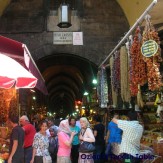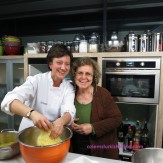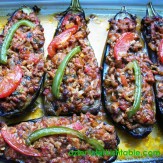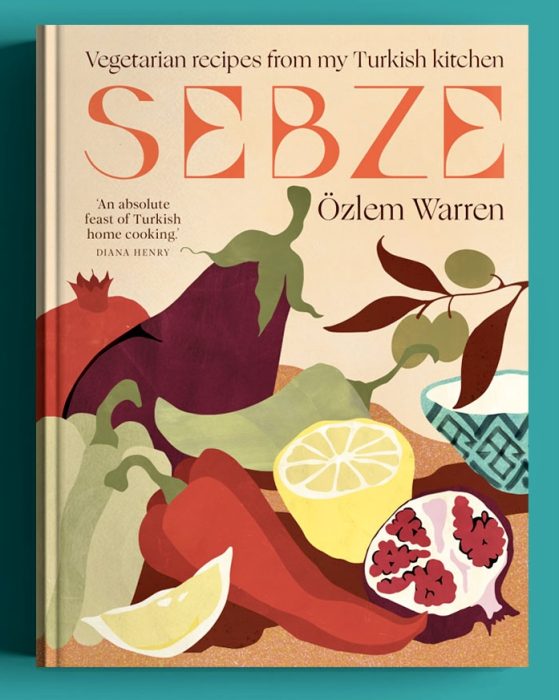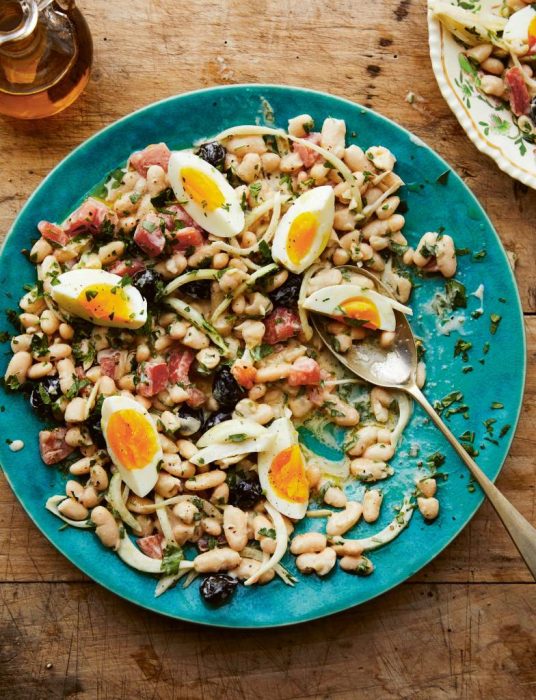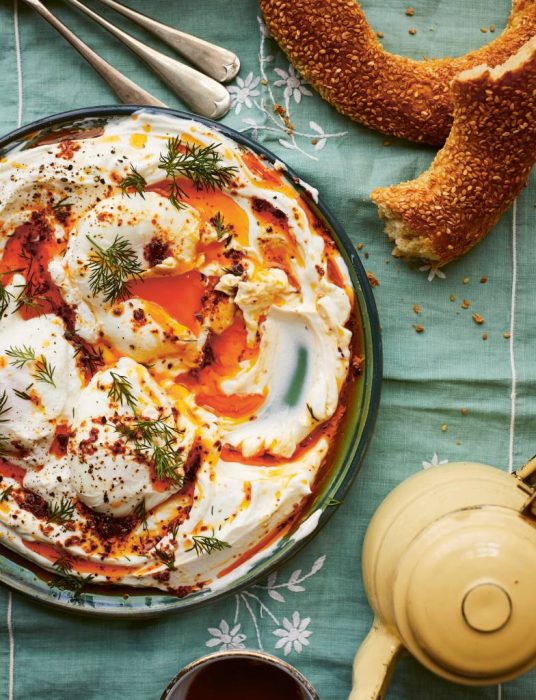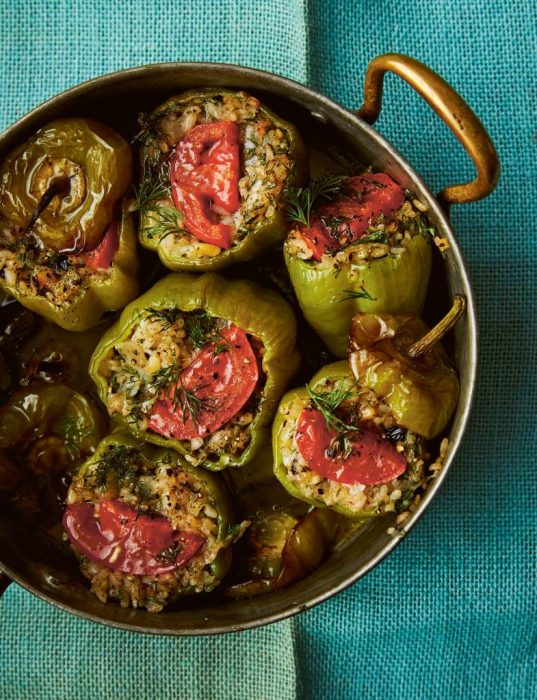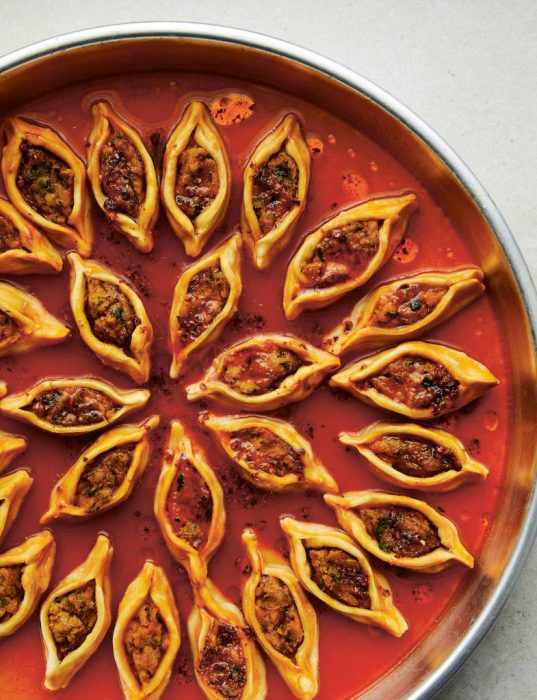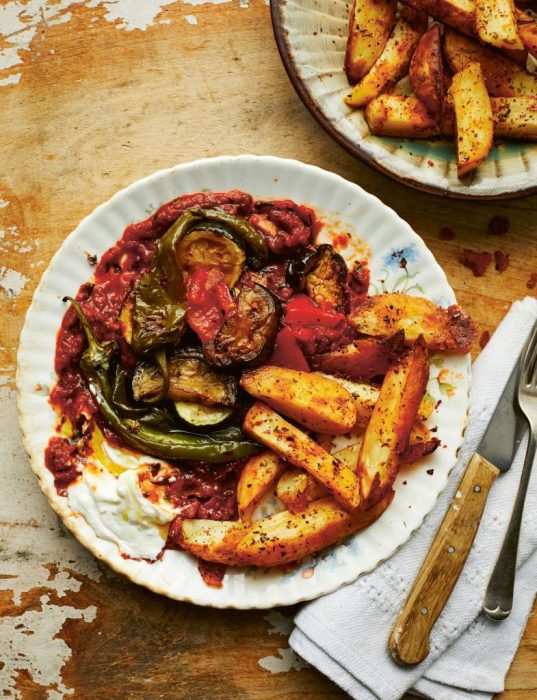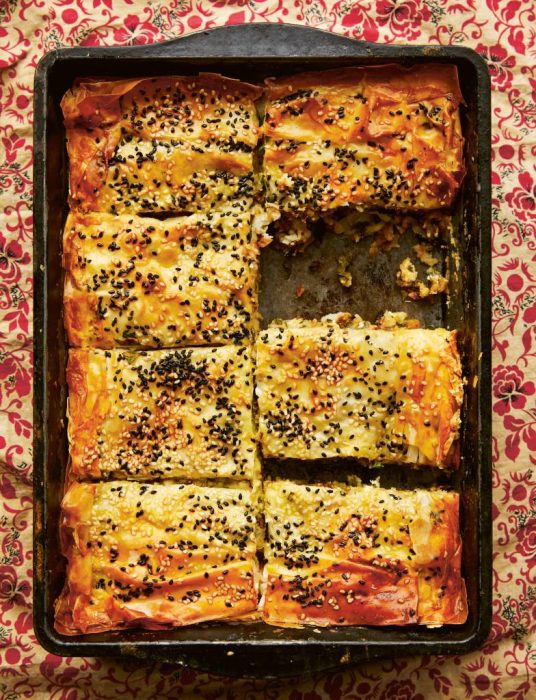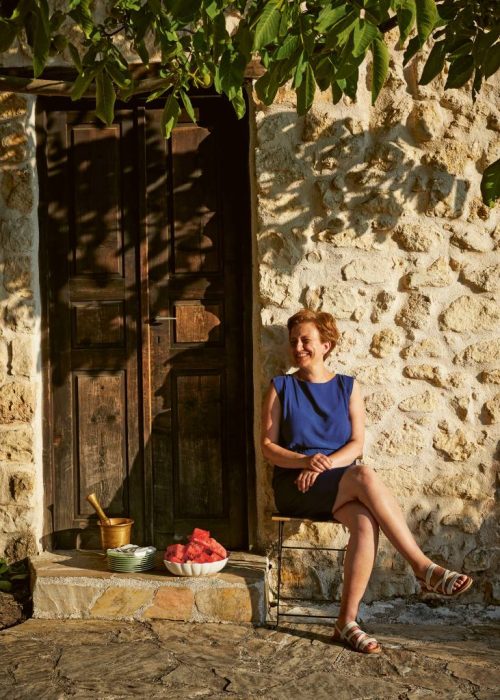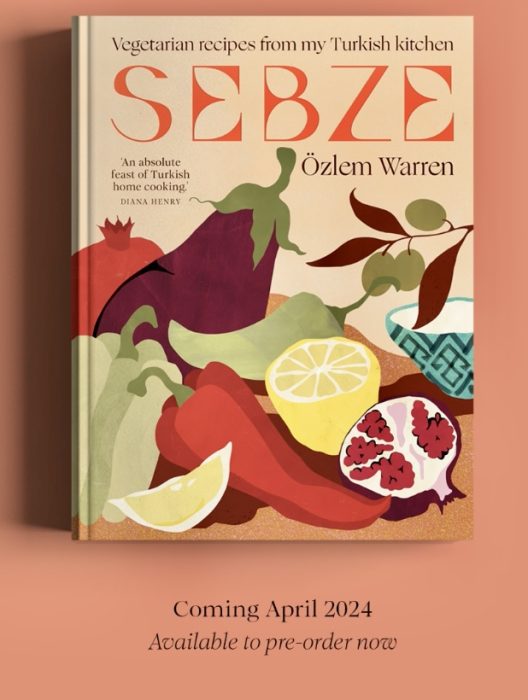
The autumn/fall season is in the air and we started to turn to wholesome, nourishing soups.
This Hearty Karalahana Çorbası, Collard Greens Soup with Borlotti Beans and Sweetcorn, from my new book SEBZE, Vegetarian recipes from my Turkish kitchen, encapsulates the staple ingredients in Black Sea cuisine, with many variations within the region. This version is inspired by my travels; I was served it at Sümer restaurant on the way to Maçka, near Trabzon. Made with the region’s delicious butter, the sweetness of the corn is a delightful match to the slightly bitter greens (karalahana). You can enjoy this chunky, good-value soup with Corn Bead, Mısır Ekmeği (at SEBZE, page 50,) as the locals do.
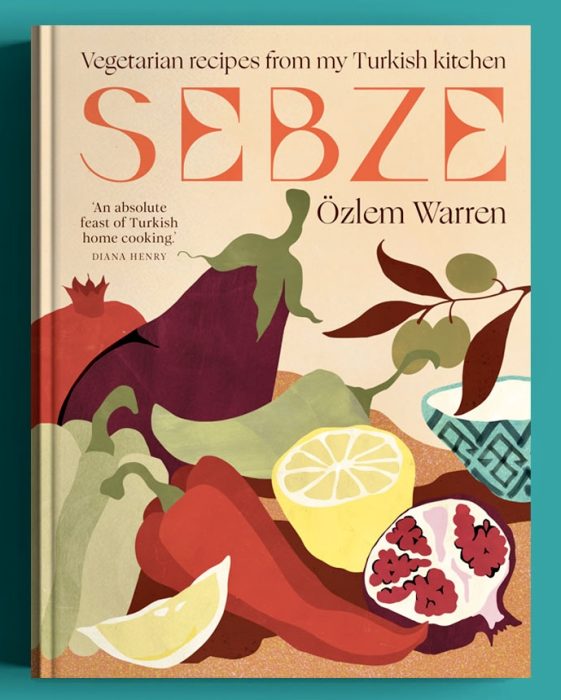
SEBZE, Vegetarian Recipes From My Turkish Kitchen
We have many gluten-free recipes in Turkish cuisine, like this soup, and many of them featured in my new book SEBZE (or ideas to turn recipes to gluten-free, when applicable). You can make this soup ahead of time – the flavours settle and taste even better the next day.
Quicker option: This soup is best made with dried borlotti beans. If pressed for time, you can use 2 x 400 g (14 oz) cans of good-quality, pre-cooked and rinsed beans instead. Fold the beans into the soup before adding the maize/corn flour to the pot.

I am delighted to share this delicious soup with you here, from SEBZE cookery book. You can get a copy here, world wide.
Afiyet Olsun,
Ozlem
- 170 g (6 oz/generous ¾ cup) dried borlotti beans
- 2 tablespoons melted butter (or olive oil for a vegan option)
- 2 medium onions, finely chopped
- 85 g (3 oz/1/3 cup) double concentrated tomato paste
- 225 g (8 oz/generous 1 cup) sweetcorn kernels (cut from 2 medium cobs)
- 225 g (8 oz) collard greens, washed, rough stems removed and coarsely chopped
- 1.475 litres (52 fl oz/6 cups) hot water
- 30 g (1 oz/¼ cup) fine cornmeal or maize flour (also known as corn flour – not cornflour/cornstarch)
- sea salt and freshly ground black pepper, to taste
- For the pul biber sauce
- 3 tablespoons melted butter (or olive oil)
- 1 tablespoon pul biber / Aleppo pepper (use less or more to your taste)
- Soak the dried borlotti beans overnight or for 8 hours in plenty of cold water.
- The next day, drain the beans, place in a large saucepan and cover with hot water. Bring to the boil, then cook over a medium heat for 20 minutes. Stir often and skim off any foam forming on the top with a spoon. Drain in a colander and refresh under cold running water (to retain colour and texture) and set aside in a bowl. They will be partially cooked and still firm, with a bite to them.
- Heat the butter (or olive oil) in a large pan over a medium–high heat, add the onions and sauté for 7 minutes, stirring often to soften. Stir in the tomato paste, sweetcorn and the beans, and combine well. Add the collard greens and the measured hot water and bring to the boil. Gently mix – the collard greens will start to wilt. Season with salt and pepper, then cover, reduce the heat to medium–low and cook for 15 minutes, gently mixing a few times.
- Place the fine cornmeal/maize flour in a small bowl and add 3 ladlefuls of the soup liquid. Mix with a spoon until the flour is dissolved and the mixture smooth. Pour into the pan and gently combine well. Cover and simmer for a further 10 minutes. This is a chunky soup but if it appears to be too thick for you, add a little more water and combine well.
- For the sauce, heat the butter (or olive oil) in a small pan and stir in the pul biber. Gently infuse for 30–45 seconds over a low heat.
- Pour the pul biber sauce over the soup and check the seasoning. Serve immediately while hot.

